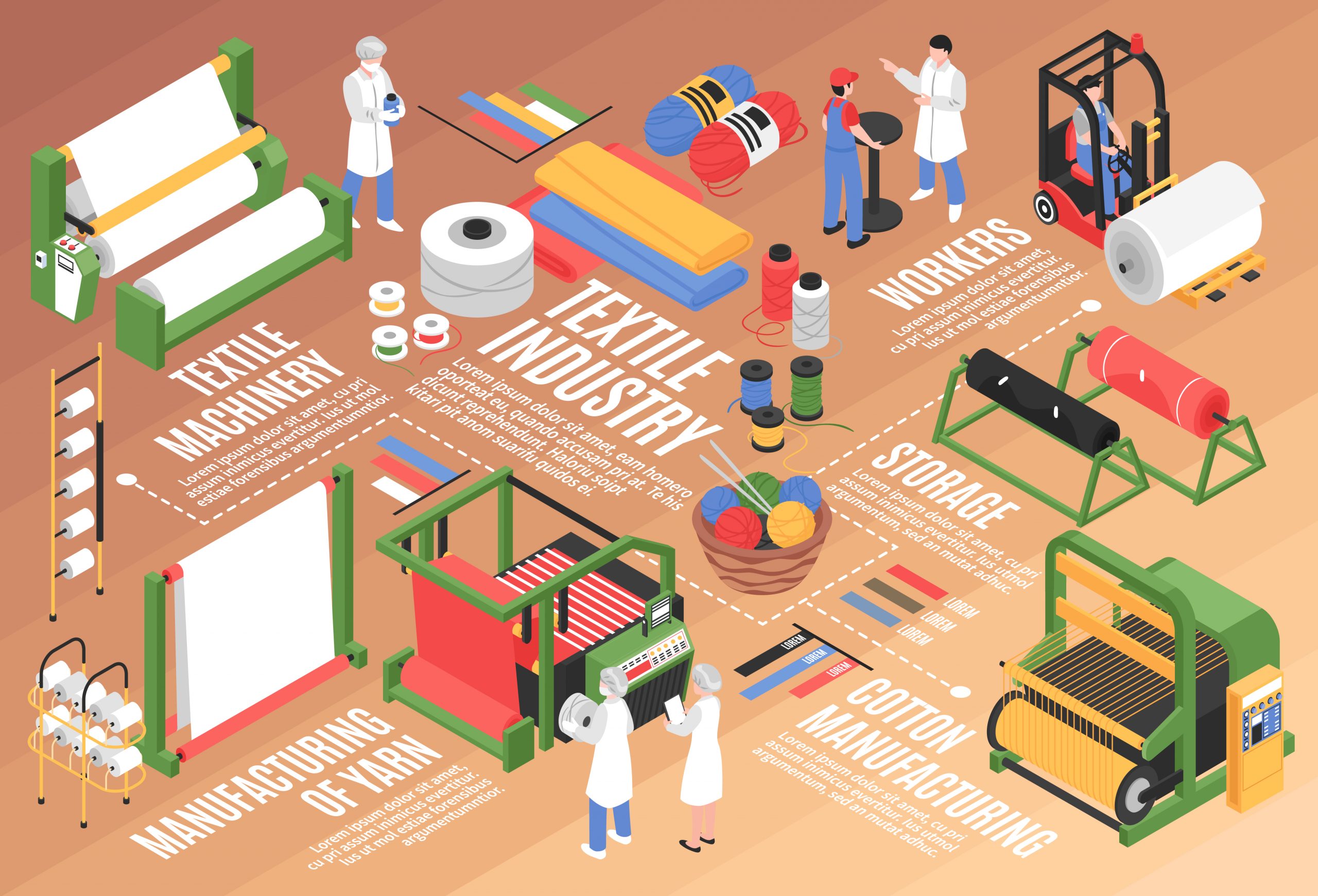News Highlights:
- The Ministry of Textile has implemented the Samarth Scheme, a flagship Scheme for Capacity Building in the Textiles Sector (SCBTS).
- The implementation period of the scheme is up to March 2024.
Samarth Capacity Building Scheme:
- About:
- Samarth is a demand-driven and placement-oriented umbrella skilling program of the Ministry of Textiles.
- The implementation period of the scheme is up to March 2024.
- The scheme was formulated under the broad skilling policy framework adopted by the Ministry of Skill Development & Entrepreneurship.
- Objectives of the Scheme:
- It will provide National Skills Framework Qualification (NSFQ) compliant skilling programmes to over 10 lakh persons.
- The skilling programmes offered under Samarth Scheme aim to incentivise and supplement the Textile industry’s efforts.
- The scheme aims to create more jobs in the textile and related sectors that will cover the entire value chain of the textile but will exclude spinning and weaving.
- Traditional handlooms, handicrafts, sericulture and jute sectors will be upgraded through skilling and skill upgradation.
- Through skill upgradation of lakhs of persons, it aims to induce self-employment capabilities among youth and others.
- It aims to promote sustainable livelihood to all sections of society.
- Implementation:
- The scheme is implemented through Implementing Partners (IPs) comprising Textile Industry/ Industry Associations, State government agencies and Sectoral Organizations of the Ministry of Textiles like DC/ Handloom, DC/Handicrafts and Central Silk Board.
- The organisations that carry out the skill-building initiatives for the Samarth scheme are
- Institutions or groups connected to the textile industry and the state or federal governments with training resources and connections to the textile industry for job placement.
- Reputable training facilities, NGOs, groups, trusts, and corporations.
- Businesses, startups, and business owners with a textile industry agency agreement.
- Salient Features:
- Training of Trainers (ToT) – That will provide enhanced facilitation skills to the master trainers.
- Aadhar Enabled Biometric Attendance System (AEBAS) – That will ensure the credibility of the trainers and the beneficiaries.
- CCTV recording of training programmes – To avoid major conflicts in the scheme’s functioning, training institutes will be fixed with CCTVs.
- Dedicated call centre with helpline number –
- Mobile app-based Management Information System (MIS)
- Online monitoring of training processes.
Government Initiatives to Promote the Textile Industry:
- Scheme for Integrated Textile Park (SITP):
- Launched in 2005, it aims to provide the industry with world-class state-of-the-art infrastructure facilities for setting up its textile units.
- ICARE Jute:
- This pilot initiative, which was started in 2015, aims to help jute growers overcome their challenges by offering certified seeds at discounted prices and by popularizing many recently developed retting technologies under water-restrictive conditions.
- Power-Tex India:
- It is an all-inclusive scheme that’s made for the development of the power loom sector, which further addresses the unheard needs of the power loom sector.
- Silk Samagra Scheme:
- It focuses on improving the quality and productivity of domestic silk, thereby reducing the country’s dependence on imported silk.
- Amended Technology Upgradation Fund Scheme (ATUFS):
- It is a credit-linked Capital Investment Subsidy (CIS) scheme to catalyse capital investments for technology upgradation and modernisation of the textile industry.
- National Handloom Day:
- National Handloom Day is observed every year on 7th August to mark the importance of the handloom weaving community in India.
- National Technical Textile Mission:
- The mission aims to position India as a global leader in Technical Textiles by increasing the domestic market size from USD 40 billion to USD 50 billion by 2024.
Pic Courtesy: Freepik
Content Source: PIB



